World History – C. 1560-1452 BC
The Egyptians and the Babylonians were the most resilient empires in the ancient Middle East. They had the infrastructure and population to survive watershed eras which saw other civilizations subjugated and lived on well into the second and first centuries BC.
The Old Kingdom (c. 2700-2300) saw the building of the Pyramids.
All timeline dates prior to 664 BC are based on Rohl’s New Chronology. Refer to our chapter “Chronological Discrepancies” for clarification.
 DEITIES
DEITIES
The sun was central to the key Egyptian deities: Amon-Re, Re, and Aton. Re was personified by the sun and he was the creator of the universe. Tefnut was a god personified by the moon. Ptah was also a creator god and it had two eyes: the sun and the moon (Re and Tefnut).
NEW TRADE ROUTES
During the Middle Kingdom (20th-19 Centuries BC) Egypt was a united country with a developing mining industry and agriculture. It’s capital was Memphis under Pharaoh Amenemhat I (1800-1770 BC). Senuseret III (1698-1660) took control over the families which held the country’s land and wealth under a centralized the government.
BONDAGE
One of the strategic advantages that Egypt had compared to other large states was its borders. The Mediterranean Sea to the North and deserts to east and west formed a natural defence which enabled them to use their army for greater military ventures farther away such as the later battles of Megido and Kadesh.
Egypt’s economy was one of the first to be highly bureaucratic and centralized into the hands of the Pharaoh. Its administration was divided among by the privileged high ranking families and the temples. This setup may have reached its zenith during Pharaoh Wegaf (c 1563-1558 BC).
Part of the reason was fear, that the nomadic Hebrews would become so numerous that they would revolt. There was understandable xenophobia as the Egypt had been an isolationist state cocooned by their eastern and western deserts and suspicious of foreigners (Exodus 1)
MOSES
Moses was born around 1530 BC. He had narrowly escaped slaughtered at the hands of the Egyptians sent to kill every first born under the orders of Pharaoh Neferhotep. This may have been a population control method. There is evidence of a great number of dead babies at the archaeological site of Avaris, which matches the account of Pharaoh’s order to kill the Hebrew newborn.
Moses was found by the sister of Pharaoh SobekhotepIV (1530-1508) and adopted into the royal household. Although not much is known about the 13th dynasty, it is evident that this was a very powerful ruler due to all the statues of him.
Again, like it happened with Joseph, God not only delivered his future servant from the Devil’s scheme but held him up to greater blessings. Moses was a prince of Egypt. Like Joseph, he had power but was a Hebrew without knowing.
Around 1510 BC he learned of his Hebrew origins and fled to the Sinai peninsula among the Beduin Midianites who, as descendants of Abraham, worshiped the same God as the Hebrews. (Exodus 1-2). Moses was destined to meet The God of Abraham. Even running away he could not escape his destiny, for he landed in a culture that worshiped the same God as the Hebrews.
Moses met God through the burning bush on Mount Sinai and was tasked with freeing his people from bondage in returned to Egypt.
 POINT A CROSS
POINT A CROSS
Moses acacia bush (Exodus 3) where he is charged with removing the curse of Captivity over the Hebrews in Egypt is emblematic with Jesus’ crown of thorns when he is charged with removing the curse of sin over mankind (Matthew 27).
Egypt is emblematic with Jesus’ crown of thorns when he is charged with removing the curse of sin over mankind (Matthew 27).
FUTURE ADVERSARIES
Not only does God promise deliverance but He promises they will not go empty handed but with plunder from their captors of four centuries. He then promises them the land of the Canaanites, Hittites, Amorites, Perizzites, Hivites and Jebusites.
God assures Moses of victory beforehand. Notice He does not say how this will be accomplished. Those things will become evident when they need to be. All God says, for the sake of Moses’ faith is the outcome. God effectively put a demand on Moses’ faith, for he would need increasing amounts for the future tasks.
God’s war plan for the future people of Israel was effectively setup at this stage.
X
 WORLD HISTORY TIMELINE at the time of Moses
WORLD HISTORY TIMELINE at the time of Moses
Events in History
Below is a history of the World timeline pertaining to the Ancient Middle East joined with the history of the Bible.
This world history timeline shows ancient calendars dates prior to 664 BC based on Rohl’s New Chronology. For a detailed explanation on the coherence of the Bible history timeline with other ancient history events please refer to our chapter “Chronological Discrepancies” for clarification.
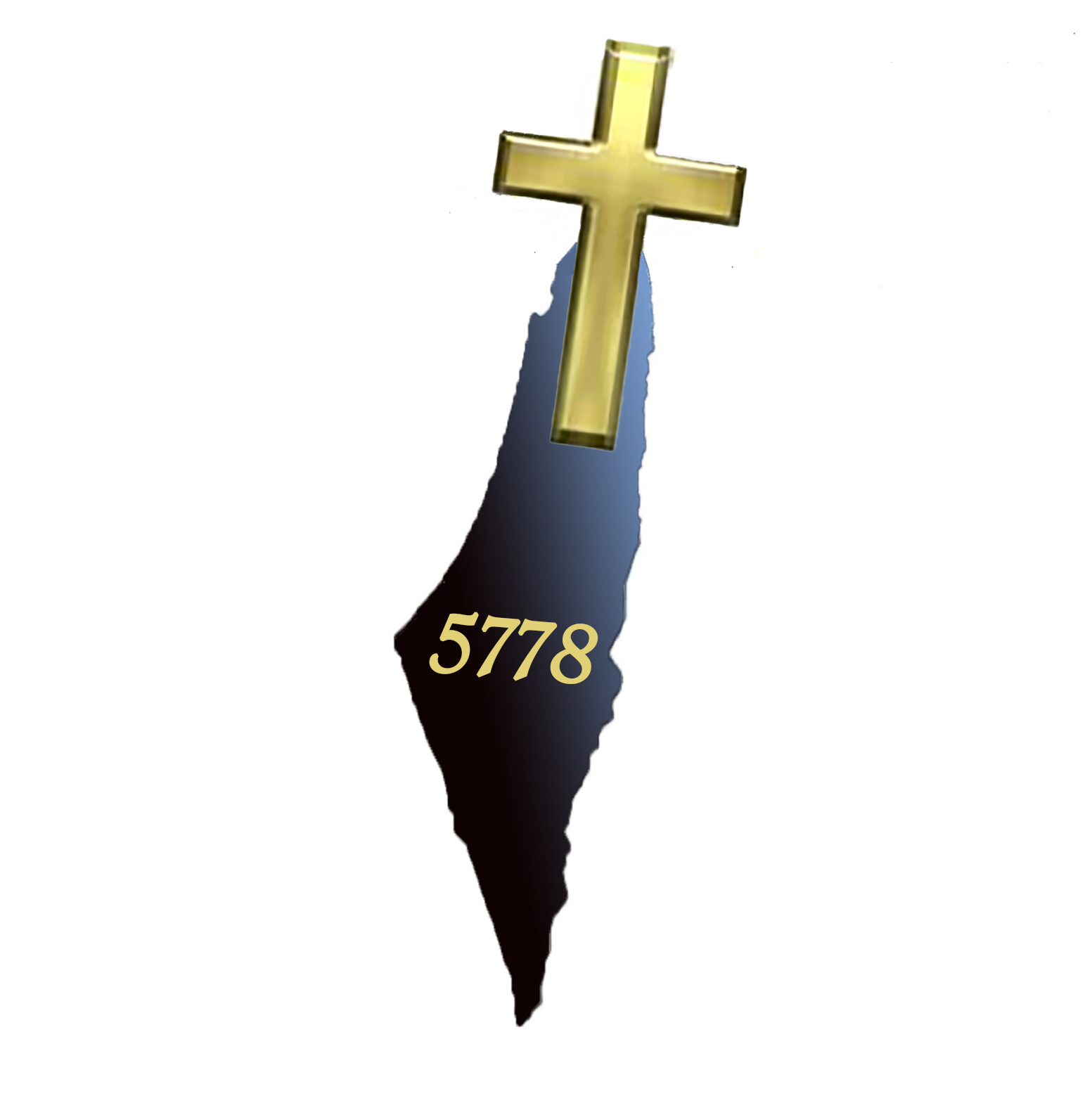
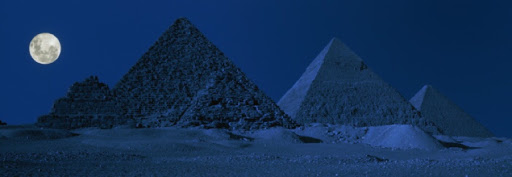

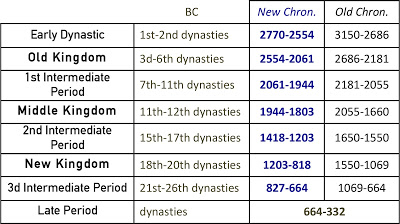

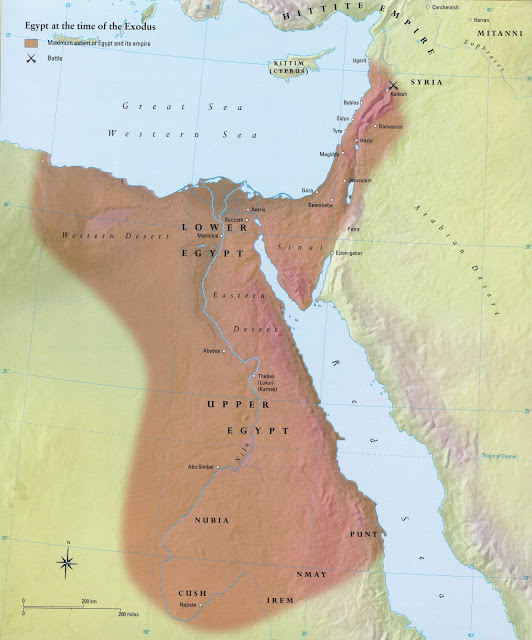

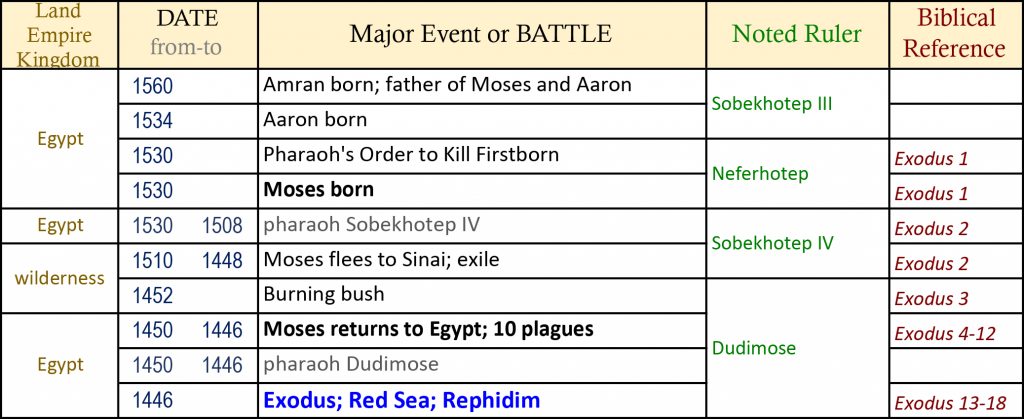
4 Comments on “Egypt – First Superpower – Pharaohs – Moses runs away”
Pingback: The BATTLE of JERICHO - Gods War Plan | Best Bible Battles & War Strategy
Pingback: Red Sea Crossing - Gods War Plan | Best Bible Battles & War Strategy
Pingback: Chronological Discrepancies - Gods War Plan | Best Bible Battles & War Strategy
Pingback: Preparation for the New Life - Gods War Plan | Best Bible Battles & War Strategy